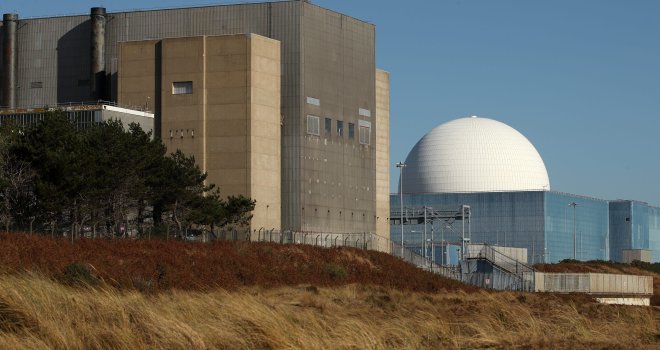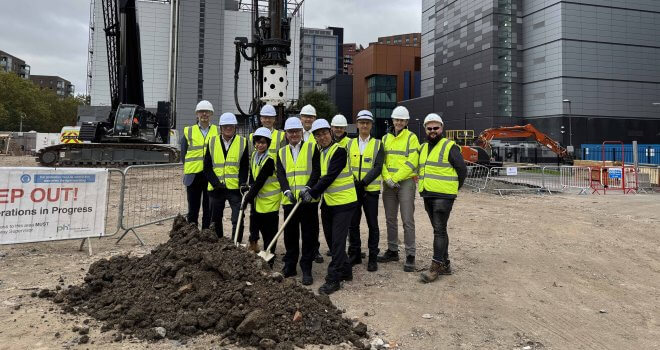Key Considerations For Safe And Effective Home Construction Planning

Building a home is a substantial investment, requiring careful thought and detail to see it through making sure it is both safe and functional each step of the way. This begins with choosing the best location and becomes even more critical at completion. Plan each stage of construction and avoid pitfalls.
The First Steps: Site Selection and Preparation
In start building, every home construction project should start by choosing the right site on which to build. Planning, planning, and planning are very important. Sample determinants include soil quality and drainage or closeness to utility services.
You need to invest in a thorough site analysis to ensure the plot is stable and won’t cause structural problems down the line. Site preparation, including clearing the lot and grading (leveling the ground), is critical to ensure the building will have a stable platform to rest upon.
Work with Qualified Professionals
When looking to hire professionals for your homestead or construction project, make sure they bring expertise and knowledge to the project. Special inspector services are required for structural steel erection and welding, masonry, special inspection of concrete, and fail-safe inspections of building components based on plans and specifications.
Choose professionals with a strong track record. Verify their licenses and references. A rule of thumb is to request that contractors provide recent references that you can contact to verify the contractors’ references and workmanship.
To comply with the safety regulations, building codes, and your design requirements, work with skilled experts, as builders or engineers are familiar with the standards in your area and can explain the steps to you in detail.
Implement Safety Practices
Safety needs to be a priority throughout construction while at home. Adding toughened glass to a structure, especially where impact rating is required, adds another layer of safety and durability. For example, using toughened glass in areas where impact resistance is crucial can enhance both safety and durability. Implementing safety protocols at regular intervals and conducting frequent building inspections are the leading causes of maintaining super safety and continuing construction without stoppage.
Make a Budget and Be Prepared for Unexpected Expenses
Core to the success of your home construction project is effective budgeting. Create a comprehensive budget that accounts for everything from labor and materials to permit costs and unexpected expenses — and don’t forget a cash cushion.
Plans do not always happen as they’re supposed to, and thus you need to have some cash reserve for when the inevitable happens. Things change, so update as frequently as needed. Regularly update and revise budgets and calendars as needed. Regular budget checks will help prevent surprises later on down the road.
You Will Need a Plan of Final Inspection and Quality Assurance
Once all the work is almost finished, the last part of our job is to ensure everything not only looks the way it should but also is safely ready for the family. Also, feel free to ask the builder if photographs and statuses of your property are available as part of the construction file.
In conclusion, there are several important elements to consider when planning a home project. Make sure you are prepared for the project by emphasizing three elements: site preparation, hiring certified professionals, and avoiding catastrophic failure, which could lead to financial ruin for you and the occupants of your prospective new home.
Providing you emphasize these elements as part of your plan, your home-building experience is likely to be enjoyable and productive. meeting these key criteria is acceptable




